In 1923, when Missus Thompson passed away, her nephew Emory Clark inherited the estate. Eight years later he sold it to the federal government and a Veterans Hospital was built on the property. However, the upkeep on the house and gardens faltered. In 1966, interested town’s people bought and began to restore the house and fifty acres of the estate.
Then in 1972, the Sonnenberg estate was transferred to a not-for-profit organization by way of a passed bill. Original blueprints and photographs were found and then the house and gardens underwent formal restoration to the forty rooms, the covered porch entrance, interior and exterior arches, beamed ceilings and leaded pane glass windows. The house and gardens were finally opened to the public in May of 1973.However, between the 1973 and 2003, the endeavor struggled under heavy debt and trying economic times. In 2006, the Board of Trustees ended up selling Sonnenberg Mansion and Gardens to the New York Office of Parks, Recreation and Historic Preservation, and a National Heritage Trust was put in place for any renovations needed in the future. The park operates only through public revenues from a gift shop and wine center, donations, grants, memberships, private special events, and its visitors, who can visit two of the home’s three floors and gardens.
There are many beautiful rooms, which include the Great Hall, the Billiard Room, Trophy room, Library, Drawing Room, Dining Room; and upstairs, the Master Bedroom and several additional guest rooms. There was a desk with Mister Thompson’s photograph and letters, and tables, shelves, and desks with keepsakes. A docent showed us a few important pieces and pointed out that the large glass doors and windows were specially placed to face and frame the beautiful gardens.
We walked through the first two floors of the mansion and then walked the huge gardens. The gardens had a Japanese tea house, a Roman bath, a falling apart temple to Diana, and nine other formal floral gardens.
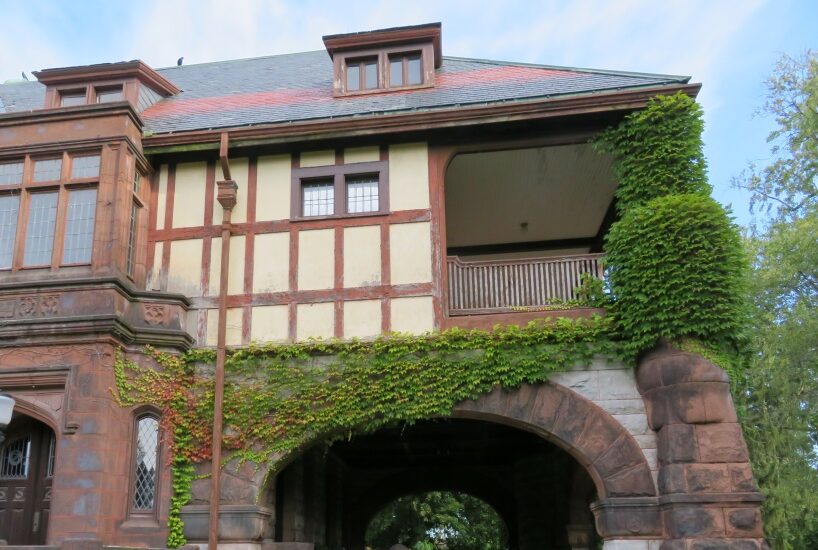
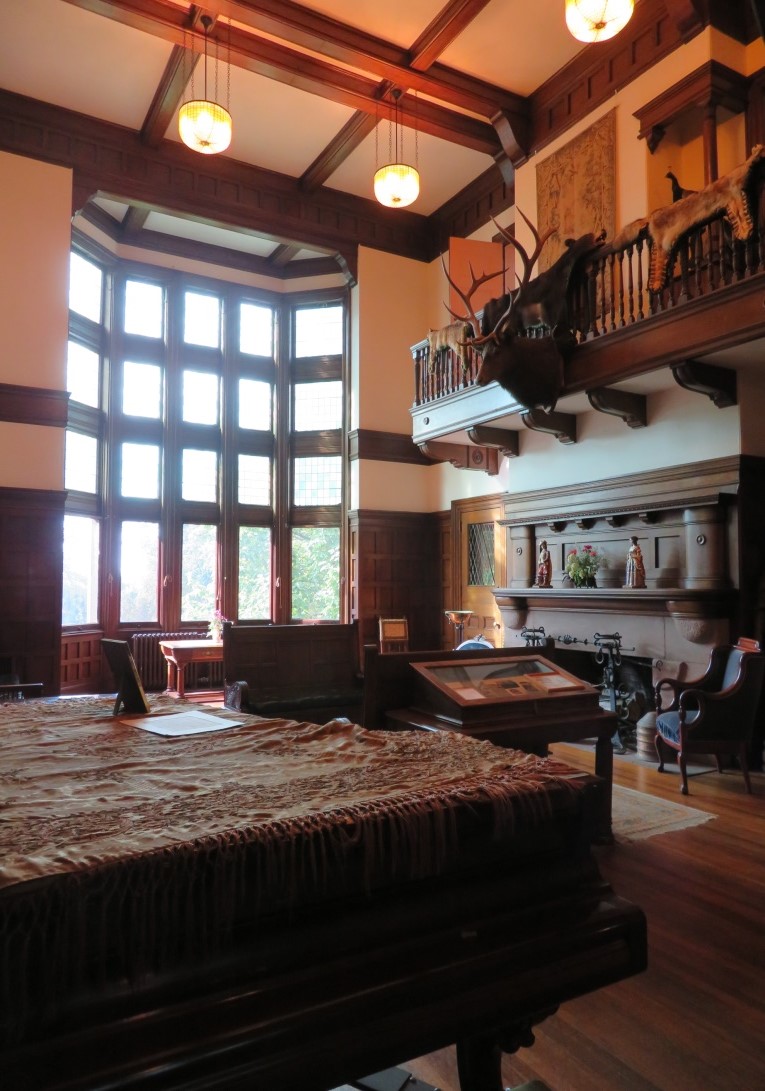
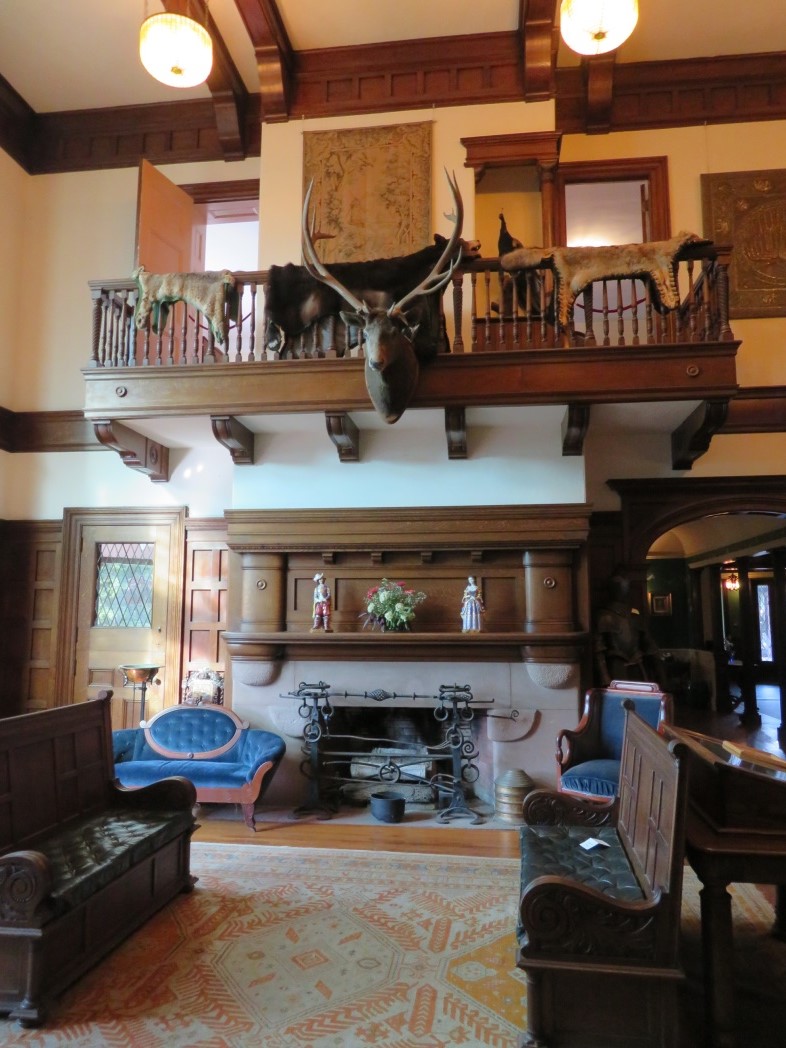
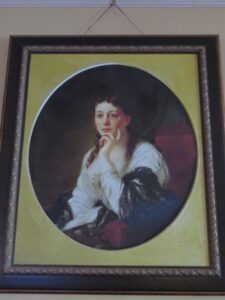
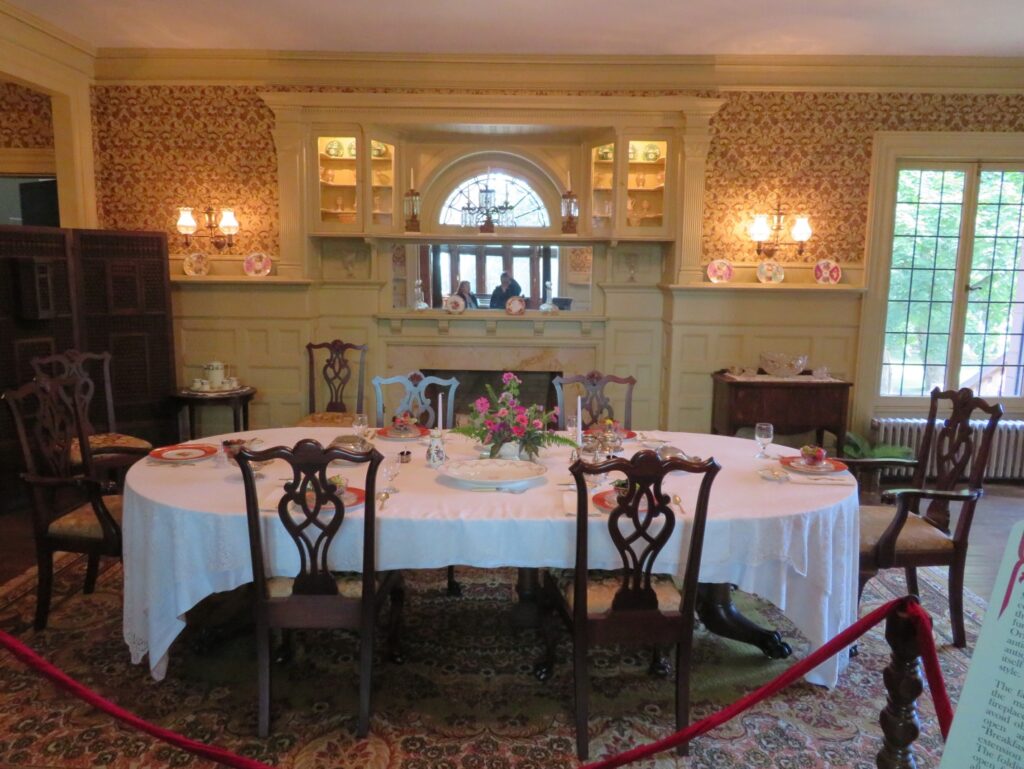
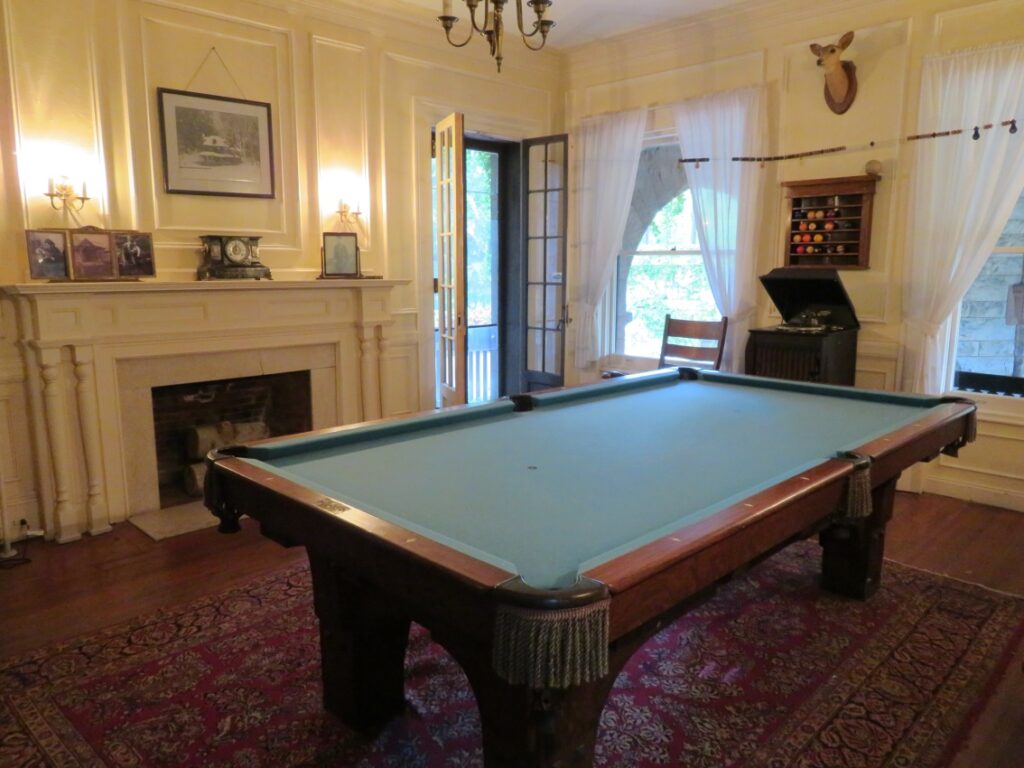
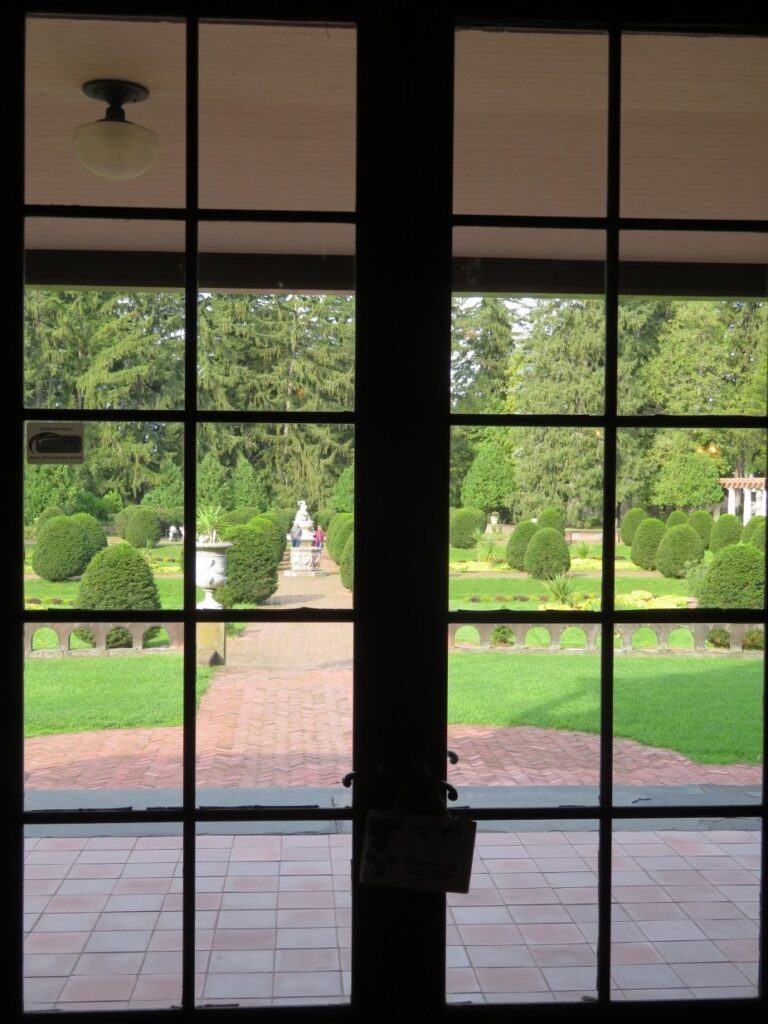
 The official website of Lita-Luise Chappell, writer on sex, magic, food, distant lands, and everyday life with articles, poetry, novels, travelogues, rituals, cookbooks, and short-stories.
The official website of Lita-Luise Chappell, writer on sex, magic, food, distant lands, and everyday life with articles, poetry, novels, travelogues, rituals, cookbooks, and short-stories.
